History
It all started in Room 47 of the West Range at the University of Virginia. Frederick Southgate Taylor turned to his cousin and roommate, Littleton Waller Tazewell, and sought to create a new fraternity. They approached friends James Benjamin Sclater, Jr. and his roommate, Robertson Howard to aid in the fraternity’s formation. Together, they met on March 1, 1868, to form Pi Kappa Alpha. At that first meeting they agreed to add Julian Edward Wood and shortly thereafter, they added William Alexander to their ranks. Their mission was simple: the promotion of brotherly love and kind feeling. From this has sprung 156 years of tradition through 312 lifetime chapters.
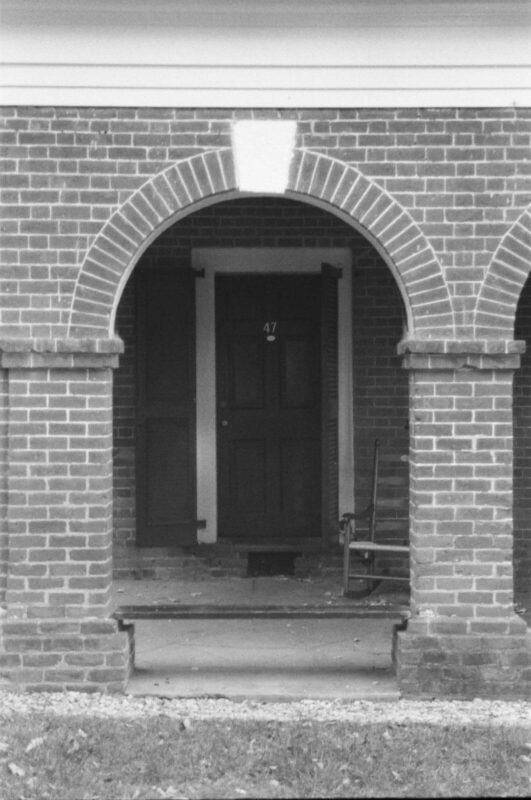
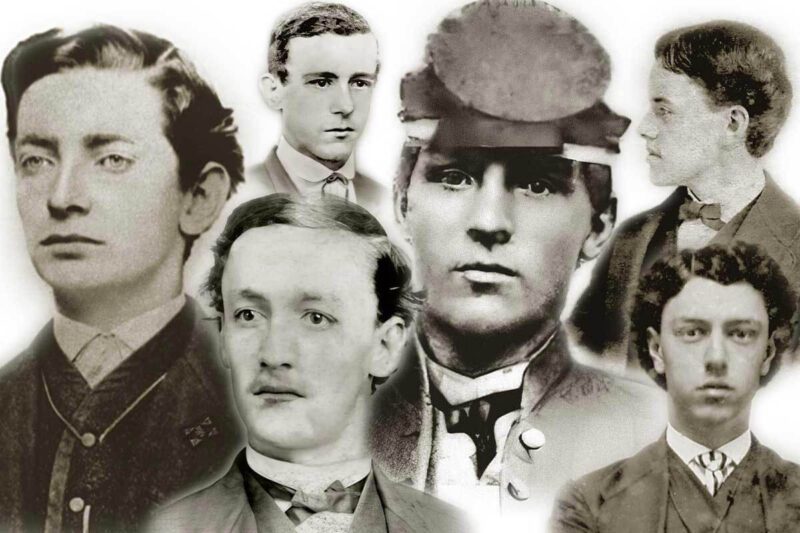
Founders
The idea of forming a brotherhood was first conceived by Fredrick Southgate Taylor, and it was through his efforts that the plan was effected and the Pi Kappa Alpha Fraternity was organized. In the order given by the minutes, these were present:
- Robertson Howard
- James Benjamin Sclater Jr.
- Littleton Waller Tazewell (Bradford)
- Fredrick Southgate Taylor
At the suggestion of Sclater, Julian Edward Wood’s name was included. During the second chapter meeting, William Alexander was proposed by Sclater and admitted. Alexander is the last of the group now referred to as Founders.
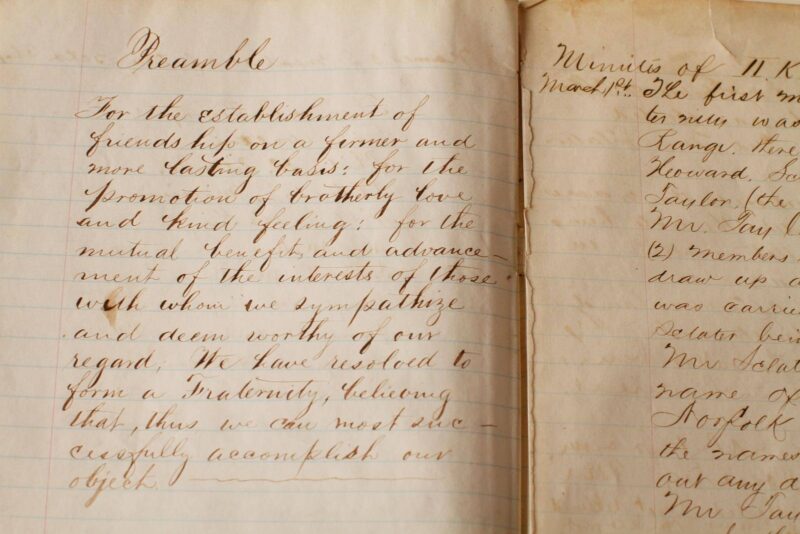
Our Preamble
The essence of the Founders’ vision for Pi Kappa Alpha can be found in its Preamble. A committee was first suggested by William Alexander “to draw up a statement of the origin and the organization of the Fraternity.” The committee was composed of brothers Robertson Howard and Littleton Waller Tazewell. The resulting statement is now referred to as the Preamble:
For the establishment of friendship on a firmer and more lasting basis; for the promotion of brotherly love and kind feeling; for the mutual benefit and advancement of the interests of those with whom we sympathize and deem worthy of our regard; We have resolved to form a fraternity, believing that, thus we can most successfully accomplish our object.
PIKE Through the Years
-
April 1868
Our First Initiate
Augustus Washington Knox is brought into the bonds of brotherhood as Pi Kappa Alpha’s first initiate. In a 1930 interview, Knox would recall of the founders that “there was a kindly spirit and life of service among our fellows.”
-
March 1, 1869
Expansion and First Charter Offered
Gentlemen at Davison College were granted a charter to start what would become the Beta Chapter of Pi Kappa Alpha. It was clear within the Fraternity’s first year that growth and expansion would be critical for the Fraternity’s survival.
-
December 1889
Revival of the Fraternity
With only four active chapters and dwindling membership, four men at the 1889 National Convention in Hampden-Sydney, VA restructured the Fraternity’s system of governance – effectively creating what is now the Supreme Council – and saved the Fraternity from collapse. 25 chapters were opened over the next 20 years and Pi Kappa Alpha’s growth continued.
-
1891
Ritual Created
Robert Adger Smythe writes the modern-dayinitiation ceremony in the Ritual of Pi Kappa Alpha
-
April 1909
Adoption of Our Coat of Arms
After several variations and changes in the Fraternity’s first 40 years, the current coat of arms is adopted at the 1909 National Convention in New Orleans, LA. The coat of arms has remained unchanged symbolically since that time.
-
1988
A New Home
Pi Kappa Alpha moves into its8347 West Range Cove in Memphis, TN. The Pi Kappa AlphaMemorial Headquarters serves as not only the operational homebase for the Fraternity but alsohouses the Fraternity’s historical collections and archives.
-
March 1, 2018
150 Years of Brotherhood
Pi Kappa Alpha celebrates its 150th anniversary.
Preserve and Protect Our Shared History
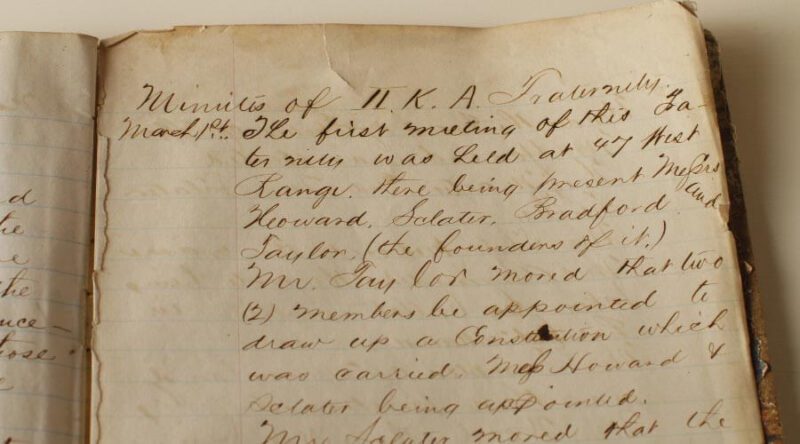
Support the Historical Society
Our history is being written every day. Support our work to research, study, and protect our rich history and become a supporter of the Historical Society. Interested in the work of the Historical Society? Click here to find out more.
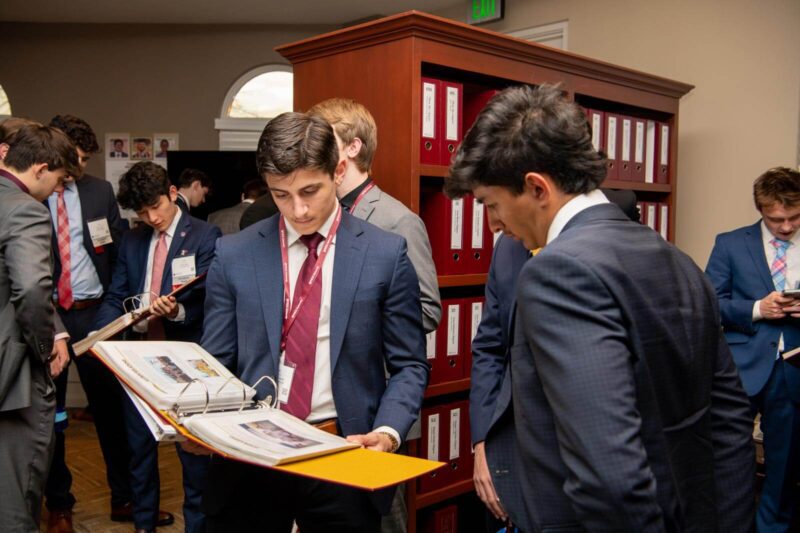
Support Your Chapter’s History
Each chapter’s story is unique. Ensure your chapter’s legacy is preserved and digitized by supporting your chapter directly.
